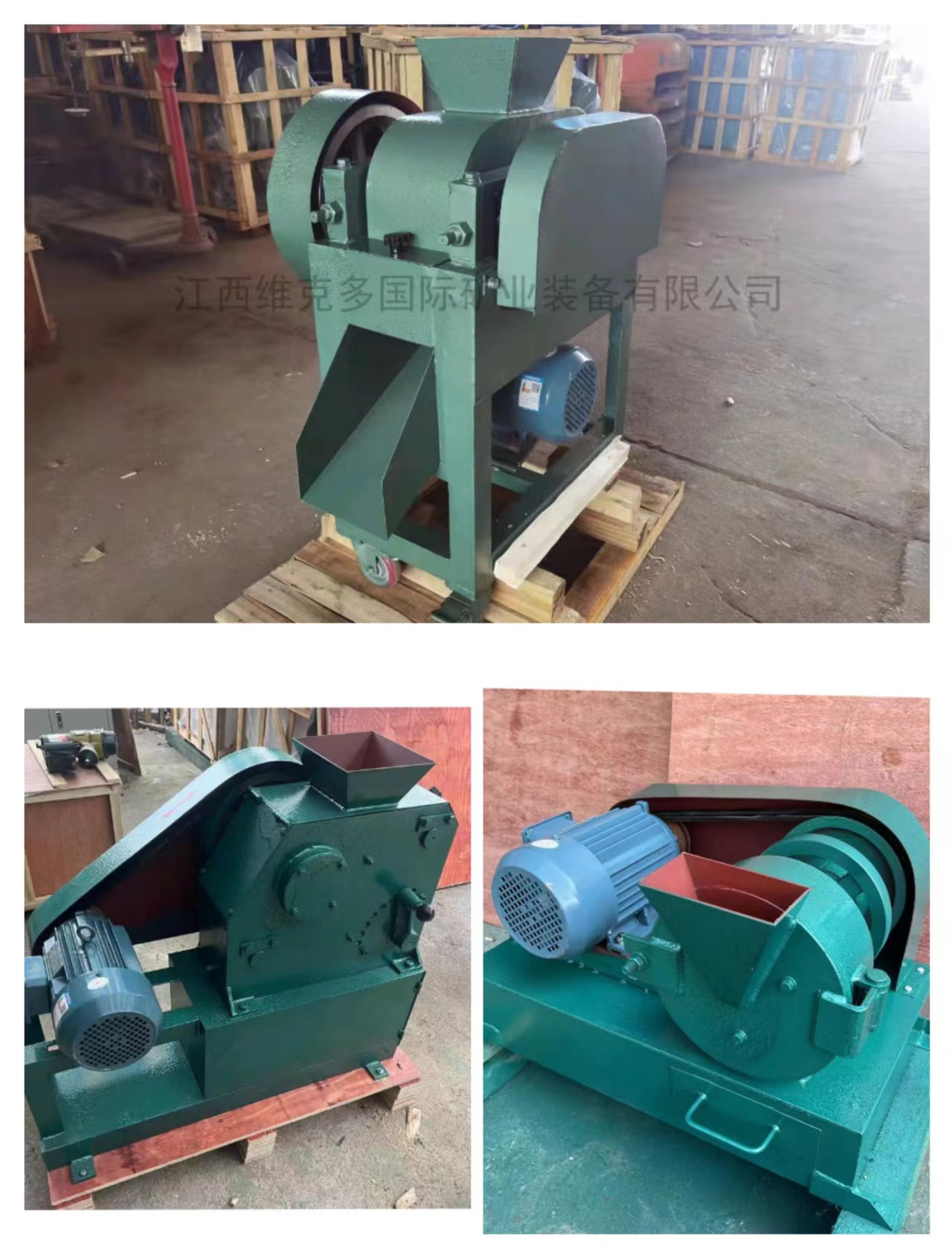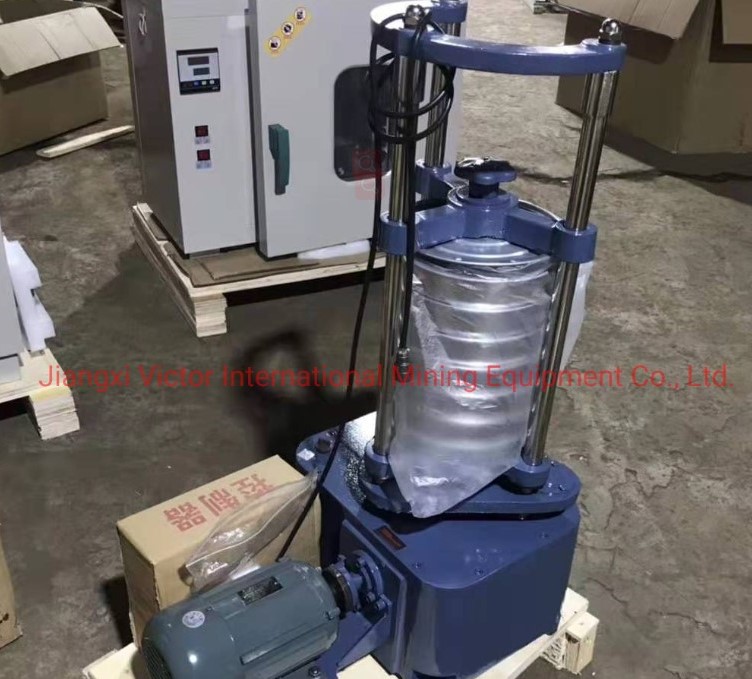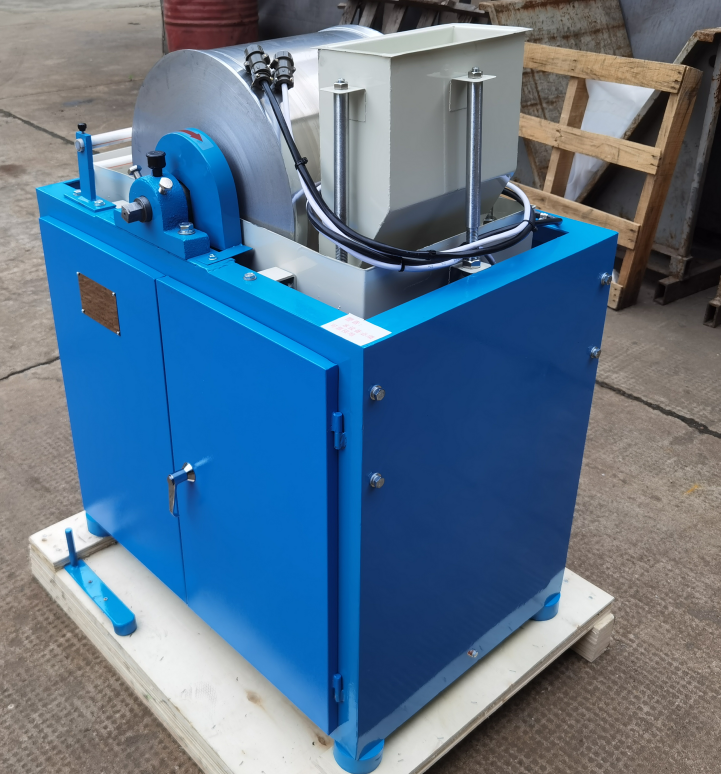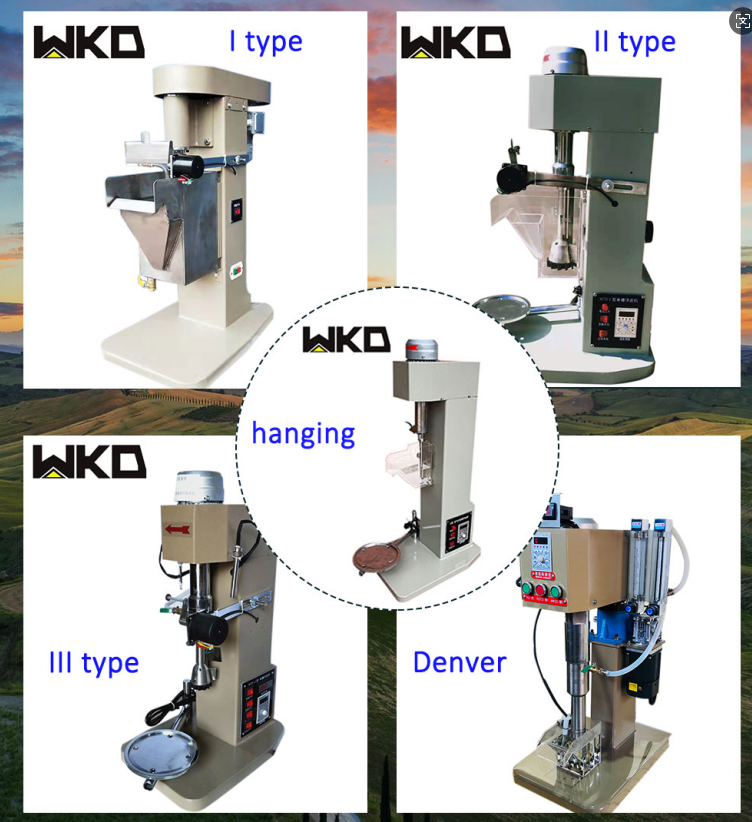Introduction of Laboratory Mineral Processing Equipment
Mineral processing is a critical step in the mining industry, enabling the extraction of valuable minerals from raw ores. Laboratory scale mineral processing equipment plays a pvital role in research, development, and optimization of beneficiation processes. These tools allow engineers and researchers to simulate industrial-scale operations on a smaller scale, test ore samples, and refine separation techniques. This article explores key laboratory mineral processing products and their applications.
1. Laboratory Crushing Equipment

Purpose: Crushing and grinding ore to achieve optimal particle size for subsequent separation.
Laboratory Jaw Crushers: Ideal for primary crushing, reducing large ore samples to manageable sizes (e.g., 10–20 mm).
Laboratory Roll Crushers: Used for intermediate crushing, producing finer particles (1–5 mm) with minimal dust generation.
Laboratory Ball Mills & Rod Mills: Employed for fine grinding, achieving particle sizes as small as 45 microns. Laboratory-scale mills are compact and allow precise control over grinding time and media.
2. Laboratory Screening and Classification Equipment

Purpose: Separate particles by size or density.
Lab Vibrating Screens: Sieve particles into specific size fractions using mesh screens (e.g., 100 µm to 25 mm).
Hydrocyclones: Utilize centrifugal force to classify fine particles (<300 µm) based on size and density.
3. Gravity Separation Equipment
Purpose: Separate minerals based on density differences.
Small Shaking Tables: Effective for recovering heavy minerals like gold or tungsten from lighter gangue. Adjustable tilt and water flow enable precise separation.
Small Spiral Concentrators: Simulate industrial spirals for processing sand-sized particles (e.g., iron ore or chromite).
Small Centrifugal Concentrators (e.g., Knelson Concentrators): Enhance recovery of fine gold using centrifugal force.
4. Magnetic and Electrostatic Separators

Purpose: Separate minerals based on magnetic susceptibility or electrical conductivity.
Dry/Wet Magnetic Separators: Isolate ferromagnetic minerals (e.g., magnetite) or paramagnetic minerals (e.g., ilmenite).
High-Intensity Magnetic Separators (HIMS): Target weakly magnetic minerals.
Electrostatic Separators: Separate conductive minerals (e.g., rutile) from non-conductive materials using high-voltage fields.
5. Lab Flotation Equipment

Purpose: Separate hydrophobic minerals from hydrophilic gangue using chemical reagents.
Laboratory Flotation Cells: Small-volume cells (0.5–8 L) with adjustable airflow and agitation for testing collector/frother combinations.
Column Flotation Units: Mimic industrial columns for cleaner concentrate production.
6. Analytical and Characterization Tools
Purpose: Assess mineral composition, liberation, and process efficiency.
XRF (X-ray Fluorescence) Analyzers: Rapid elemental analysis of ore samples.
XRD (X-ray Diffraction): Identify mineral phases and crystal structures.
Optical Microscopes: Study mineral liberation and texture.
Laser Particle Size Analyzers: Measure particle size distribution post-comminution.
7. Sample Preparation Equipment
Purpose: Ensure representative and consistent samples for testing.
Rotary Sample Dividers: Split bulk samples into smaller, statistically representative portions.
Pulverizers: Homogenize samples for chemical analysis.
Drying Ovens: Remove moisture from ore samples prior to processing.
Conclusion
Laboratory mineral processing equipment is indispensable for advancing mineral beneficiation research. From comminution to separation and analysis, these tools enable precise experimentation, reduce operational risks, and accelerate the development of efficient processing flowsheets. By integrating technologies like gravity separation, flotation, and advanced analytics, laboratories can unlock the full potential of mineral resources while minimizing environmental impact.
Investing in high-quality laboratory equipment not only enhances R&D capabilities but also bridges the gap between theoretical studies and industrial-scale implementation. As ore grades decline and mineral complexity increases, innovative lab-scale solutions will remain at the forefront of sustainable mining practices.
This structure ensures clarity and technical depth while covering essential equipment categories. Let me know if you need further elaboration on specific devices!








